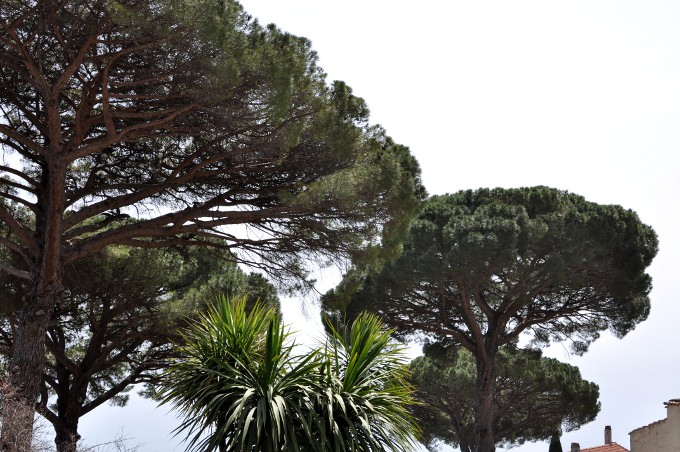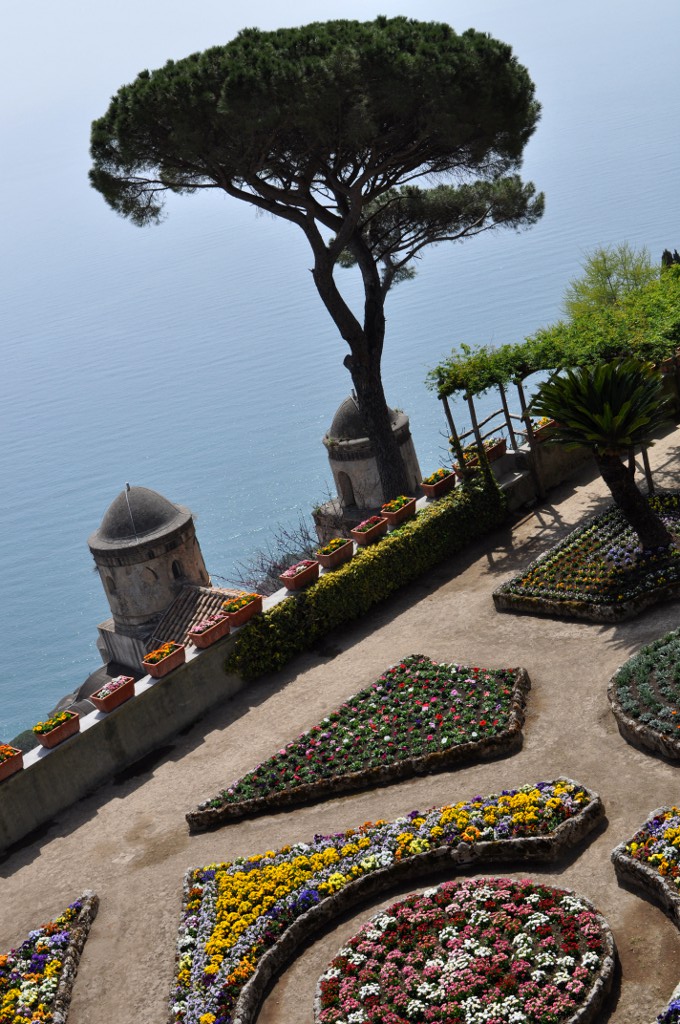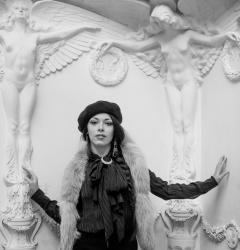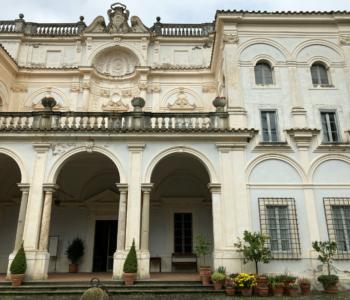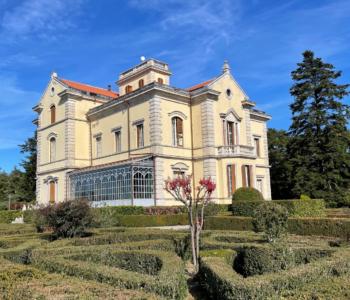
Villa Rufolo is, together with Villa Cimbrone, the other wonderful Villa located in Ravello. Both the villas were laying in decay and poor condition until two english men took them back to their splendour during the 19th century.
The Villa belonged to the powerful and wealthy Rufolo family since the 13th century. They built the Villa between 1270-80 and became rich thanks to their mercantile business. Boccaccio mentioned the family in the second day of the Decameron, talking about the adventures of Landolfo Rufolo. After Rufolo’s fail, the Villa passed by inheritance to other owners such as the Confalone, Muscettola and d’Afflitto.
When Scotsman Francis Neville Reid bought the Villa, around the middle of the 19th century, it was completly in ruin because it had been abandoned since the end of the 18th century. Reid was a nobleman, botanist and expert in ancient art, who traveled to Italy with his wife, moved by the tradition of Grand Tour. But for Reid, Ravello and Naples will become the residence for the rest of his life: he restored the Villa back to its antique splendour, adding rare plants and also bought a house in Posillipo.
The enchantment of Villa Rufolo reaches its peak in its famous terrace-garden, also called “The Soul Garden”. The German opera composer Richard Wagner visited the villa in May 1880. He was so overcome by the beauty of the location that he imagined the setting as the garden of Klingsor in the second act of Parsifal. Ferdinand Gregorovius wrote in his “Italian Wanderings” that he felt like being in front of a Moorish city that, with its towers and arabesques, offered a completly Arabian view.
source: villarufolo.it

The Moorish cloister
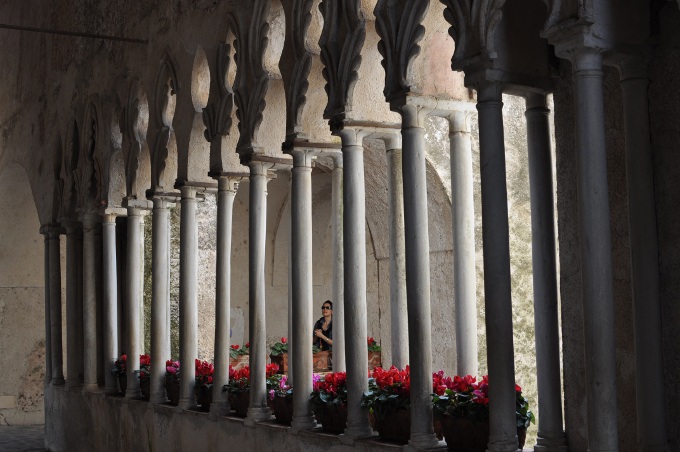

The Big Tower
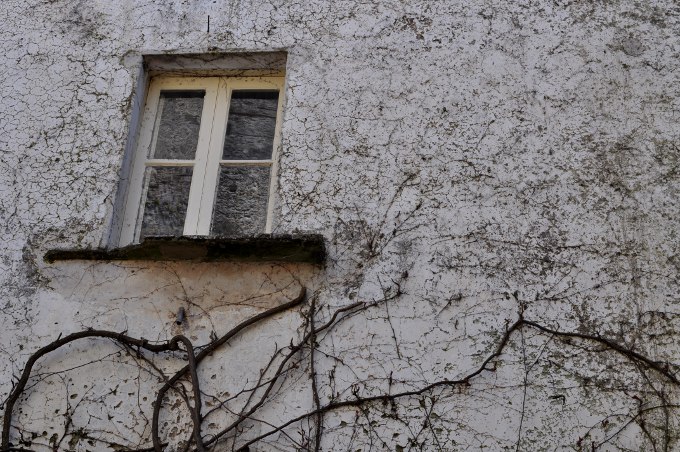
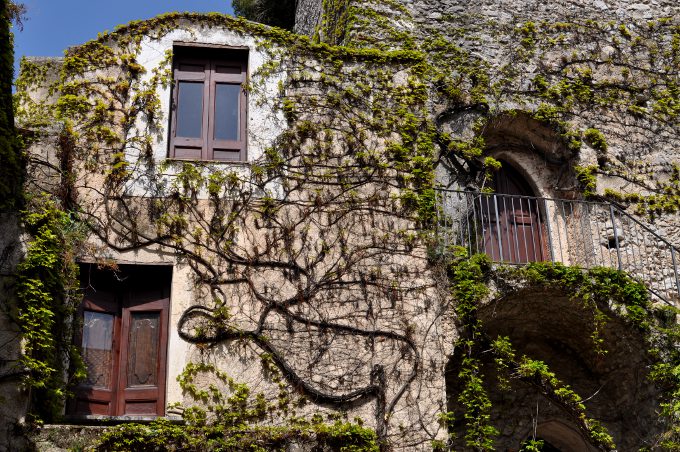
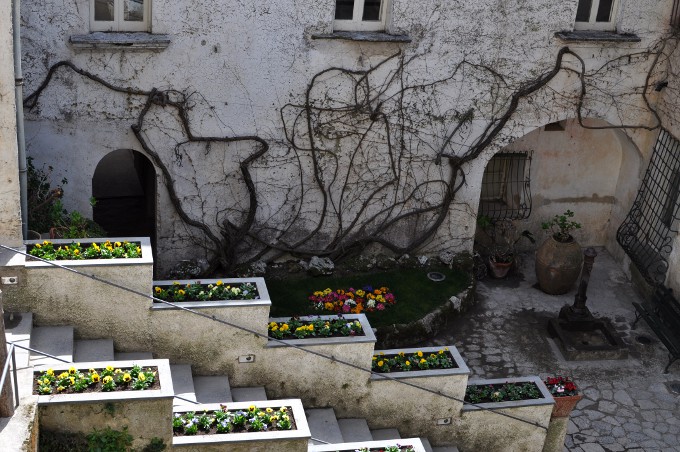

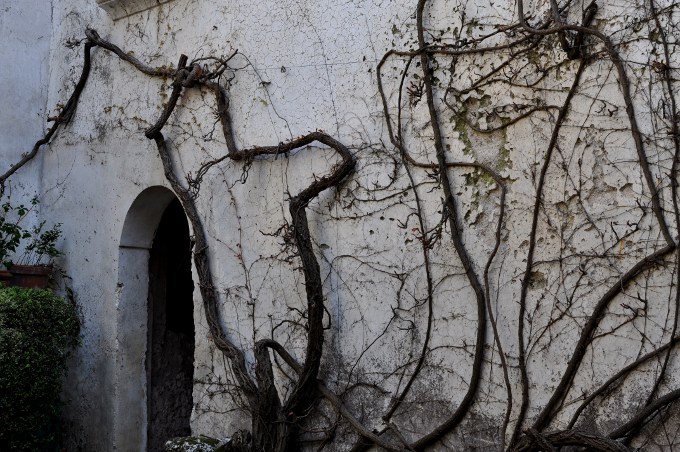
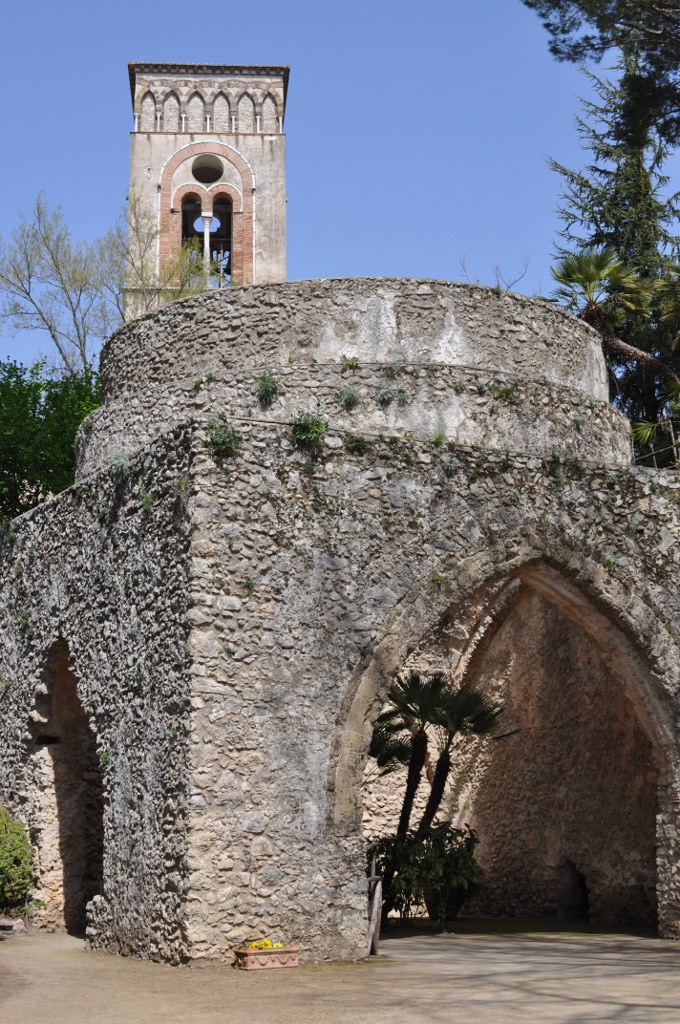
The Knights Hall
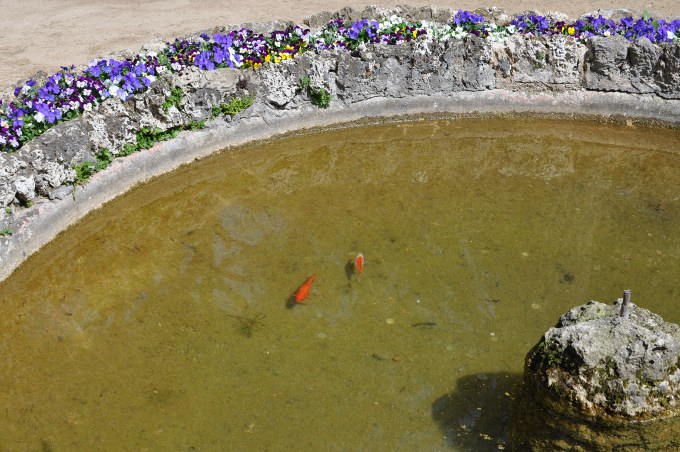

The Well
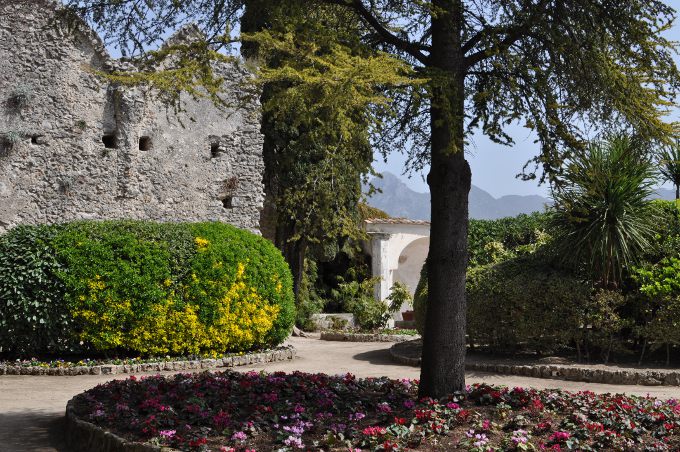

Belvedere
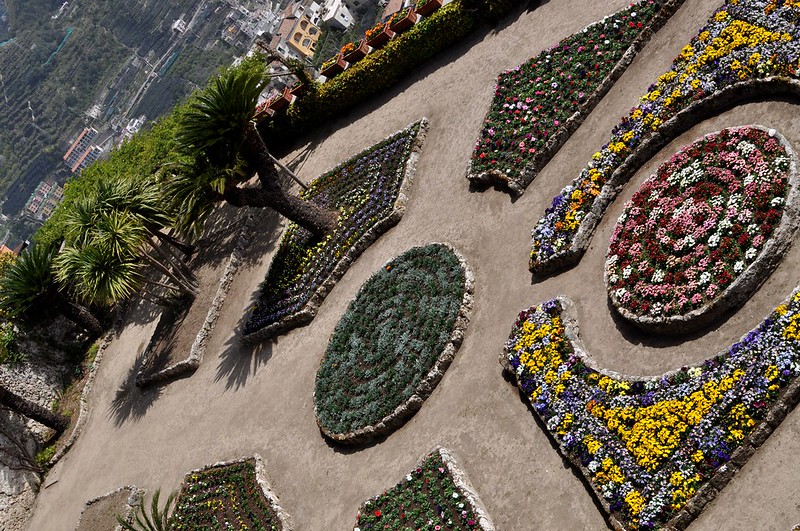
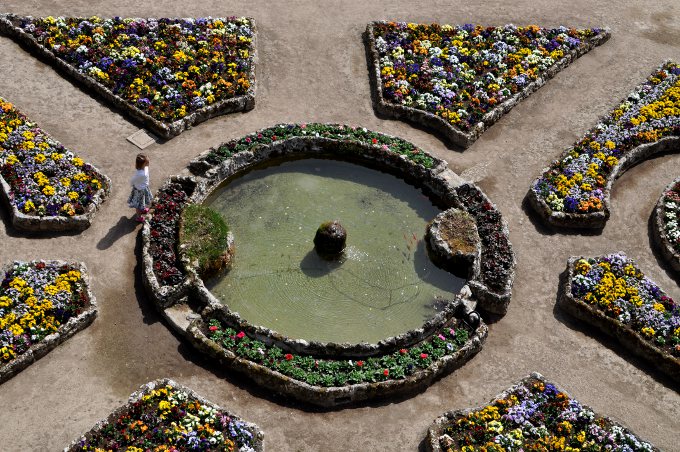
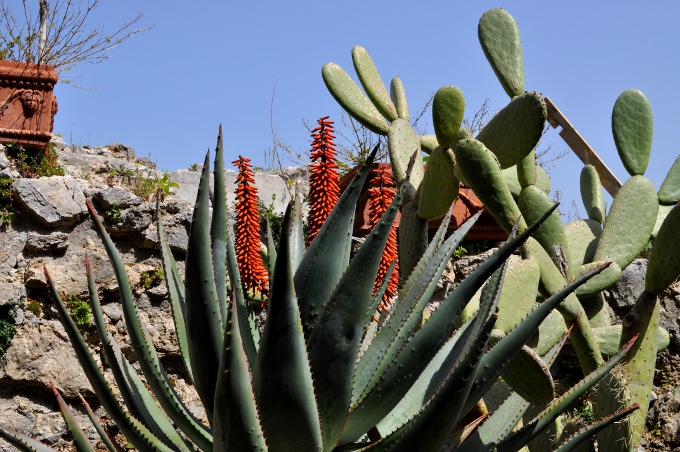
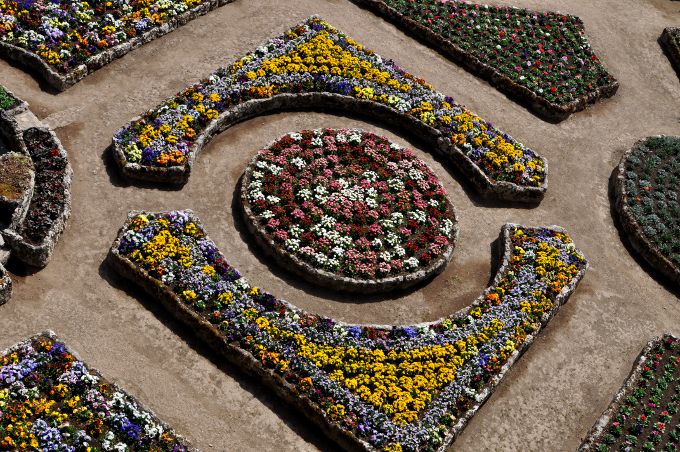

Soul Garden
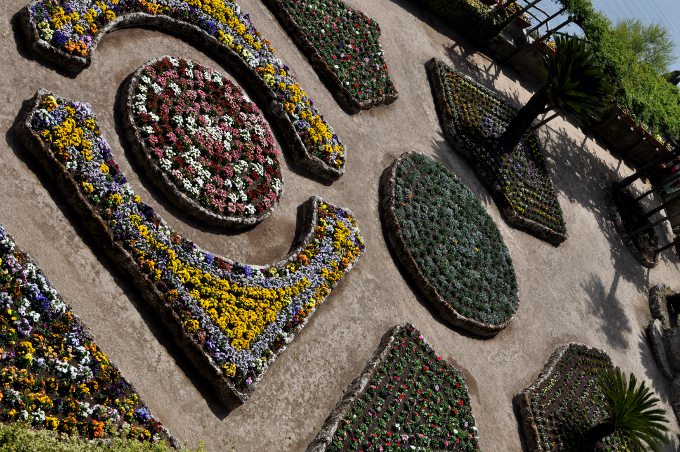

view from the garden
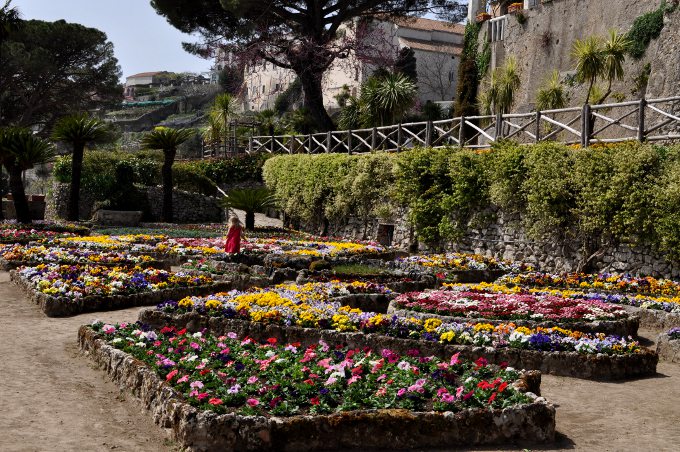
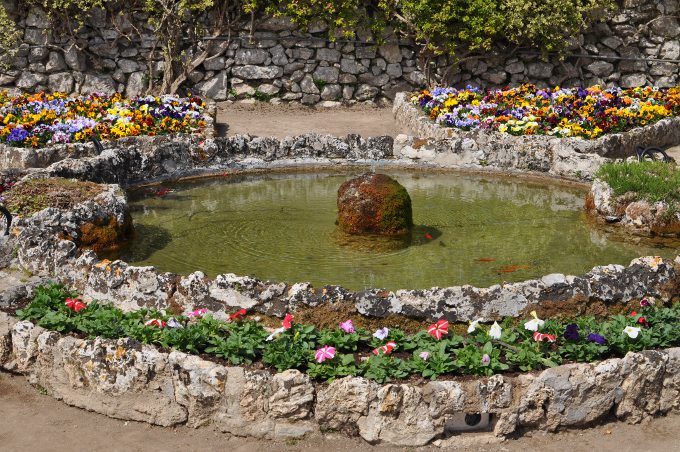

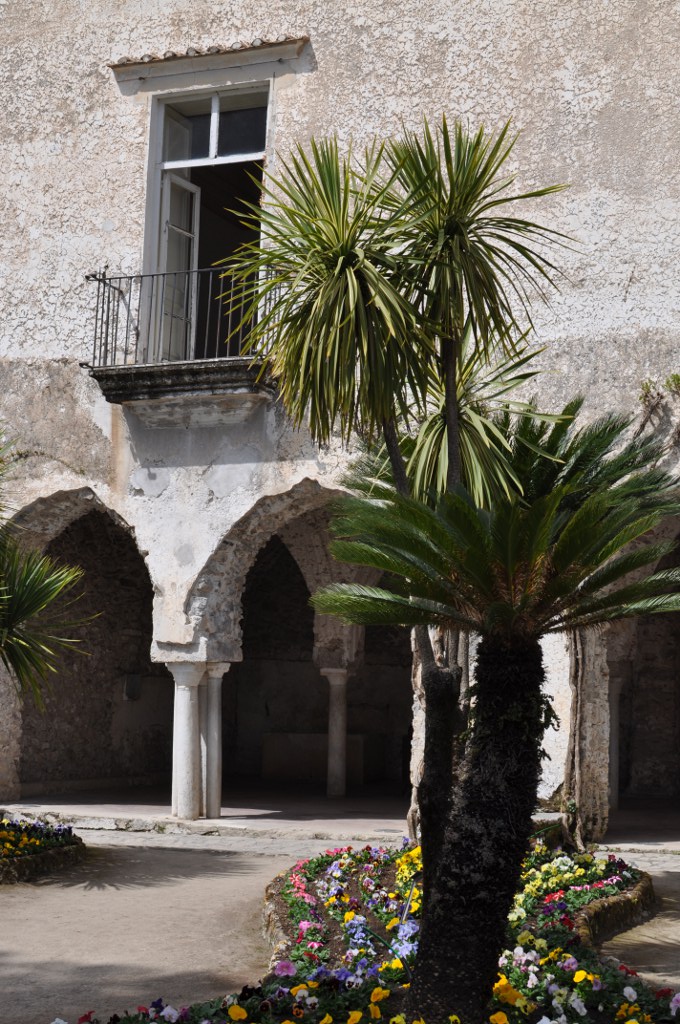
a peek into the Dining room
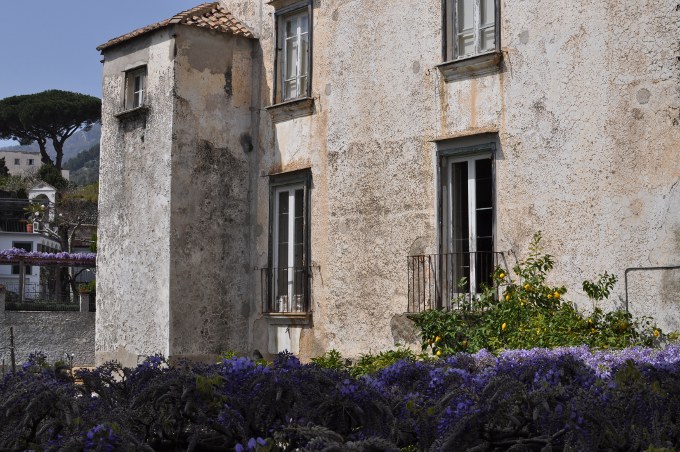


under the Moorish cloister
